
In the last unit, students explored how shelters help animals survive in their environment. In this unit, students investigate the relationship between forces and motion, building propeller cars to observe action-reaction forces, the relationship between the distance their car travels and the amount of force applied, and how friction affects motion.
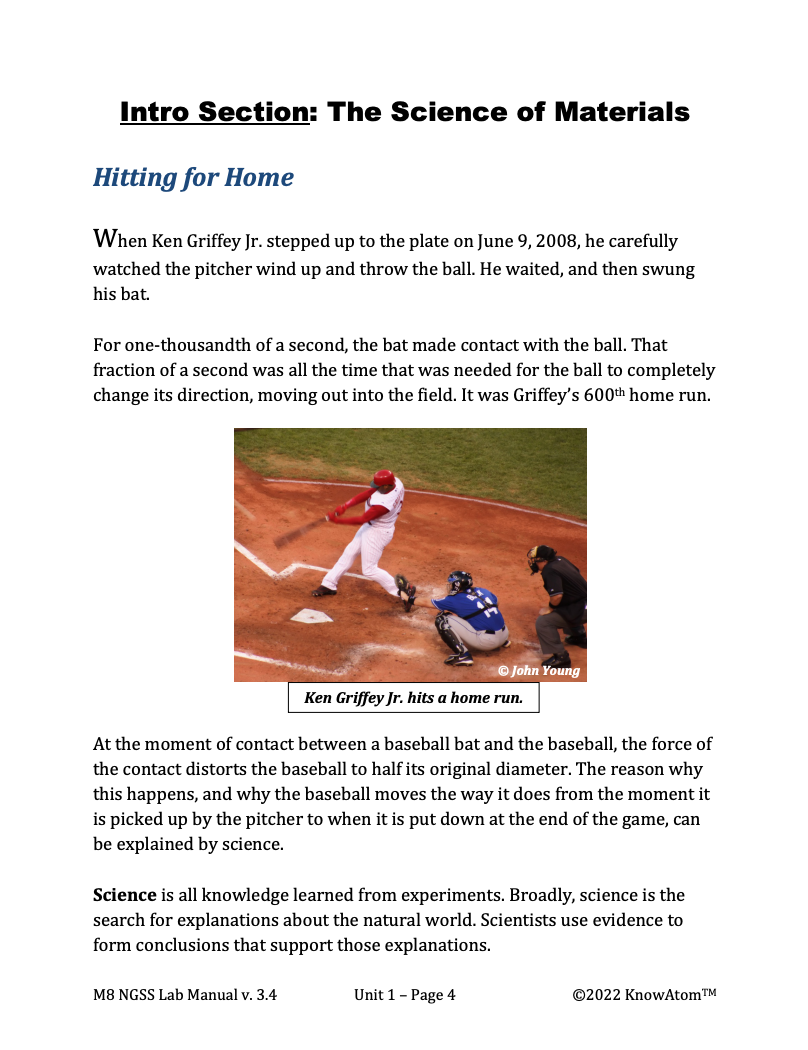
In this unit, students use the phenomenon of why certain materials (such as the materials that make up a baseball) are useful for a particular function to explore the relationship between matter and energy phenomena. In this lesson students manipulate the properties of a polymer bouncy ball by changing the amounts of reactants in a chemical reaction. This page highlights parts of this lesson.
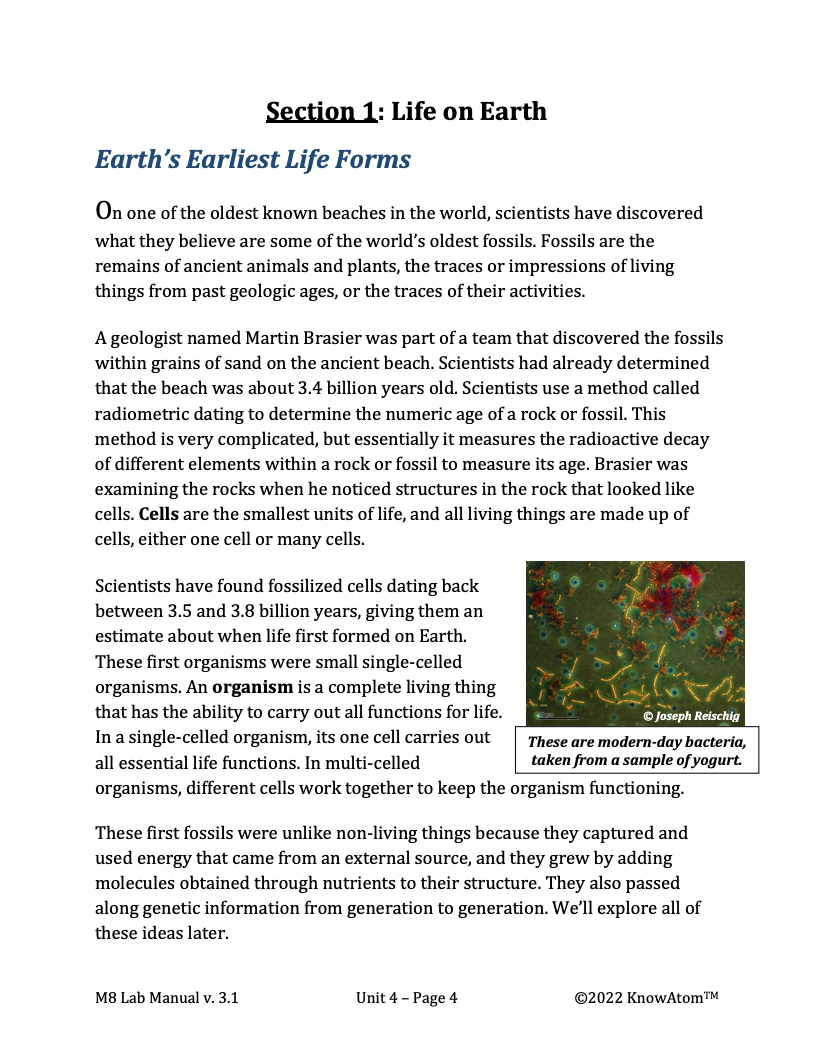
In this unit, students explore science phenomena related to life forms that live on Earth, analyzing the cellular structures that make up complex organisms and how different groups of cells work together to keep the organism functioning properly. In this lesson, students test the effect of sucrose concentration on the heart rate of daphnia, observing how different organ systems work together. This page provides a high-level extract of this lesson.
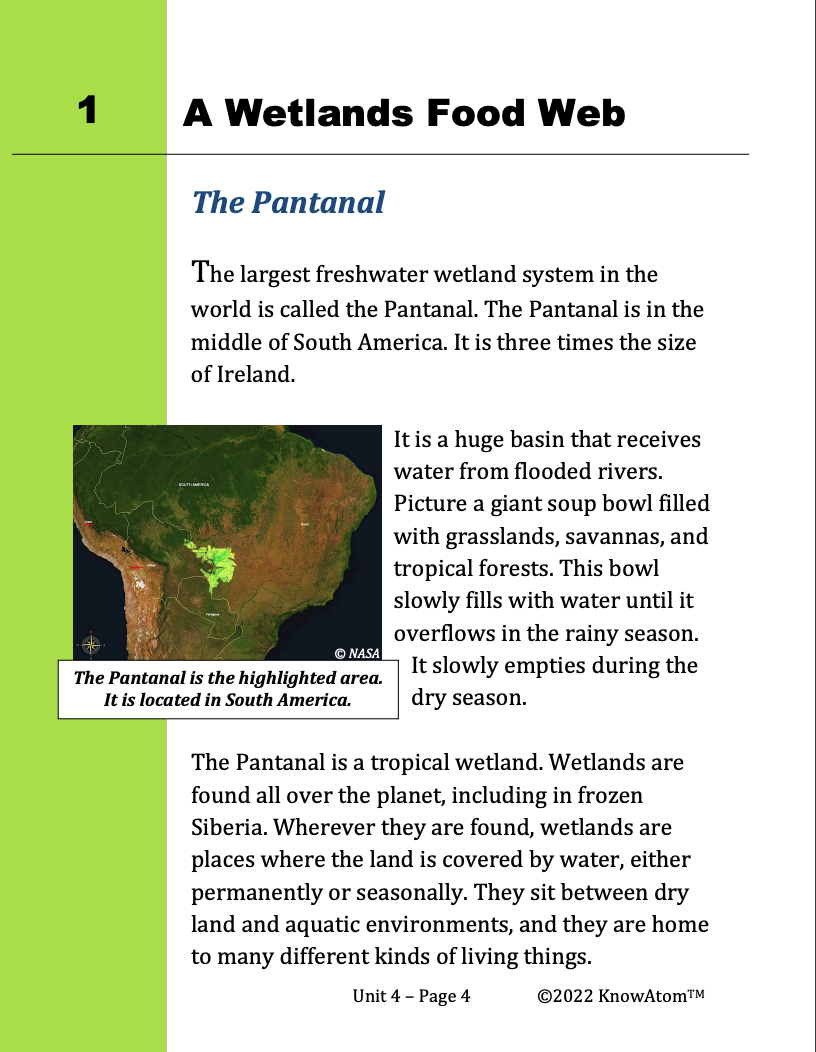
In this unit, students analyze how living things have specific structures that allow them to function in different environments. They trace how energy flows through a tropical wetland food web, and then test how temperature affects a plant’s ability to transpire through its leaves, affecting its ability to grow. This page is a high-level extract of this lesson on plant structures.
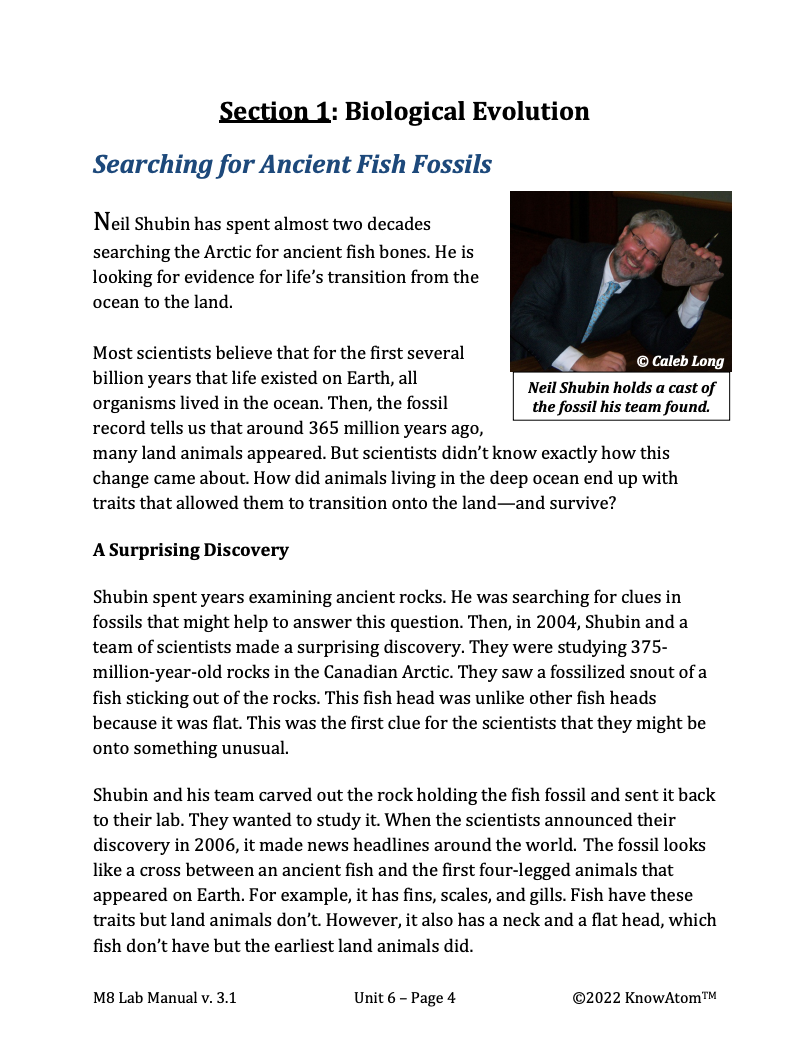
In this unit, students apply what they know about genes and heredity to evolution, focusing on how both genetic information and the environment influence the phenomena of how a population develops over time. In this lesson, students explore the phenomena of how adaptations help some organisms survive. Students also investigate artificial selection. This page showcases key parts of this lesson.
.png)
In this unit, students focus on the organisms that live on Earth’s surface, analyzing how living things are made of cells, which have certain requirements for survival, including food, water, and energy. In this lesson they explore the phenomena of cellular membranes. This page highlights key parts of this lesson.
.png)
In this unit, students discover how life reproduces at the cellular level, analyzing the science phenomena of how genetic information is stored in chromosomes. In this lesson, students observe mitosis in plants and animals. This page shows key components of this lesson.
.png)
In this unit, students explore the science phenomena of Earth systems as they interact. Students do this by discovering the importance of water for life on Earth. In this lesson, students figure out groundwater flow by exploring the porosity and permeability of different Earth materials. This page is a high-level extract of this lesson.
.png)
In this unit, students explore phenomena related to the relationship between forces and motion and how energy is converted from one form to another in an energy system. This page is a high-level extract of the first lesson from this unit which has students investigating the connection between an object’s mass and the force needed to change its motion.
.png)
In this unit, students analyze the science phenomena of connections between energy, forces, and motion. In this lesson, students use data to construct an explanation about phenomena that occur because of the relationships between an object’s kinetic energy, its mass, and its speed. This page provides an overview of this lesson.
.png)
In this unit, students explore the relationship between the phenomena of forces and motion and how energy is converted from one form to another in an energy system. In this lesson, students design a vehicle that can travel over a surface on a cushion of air. This page highlights key parts of this lesson.
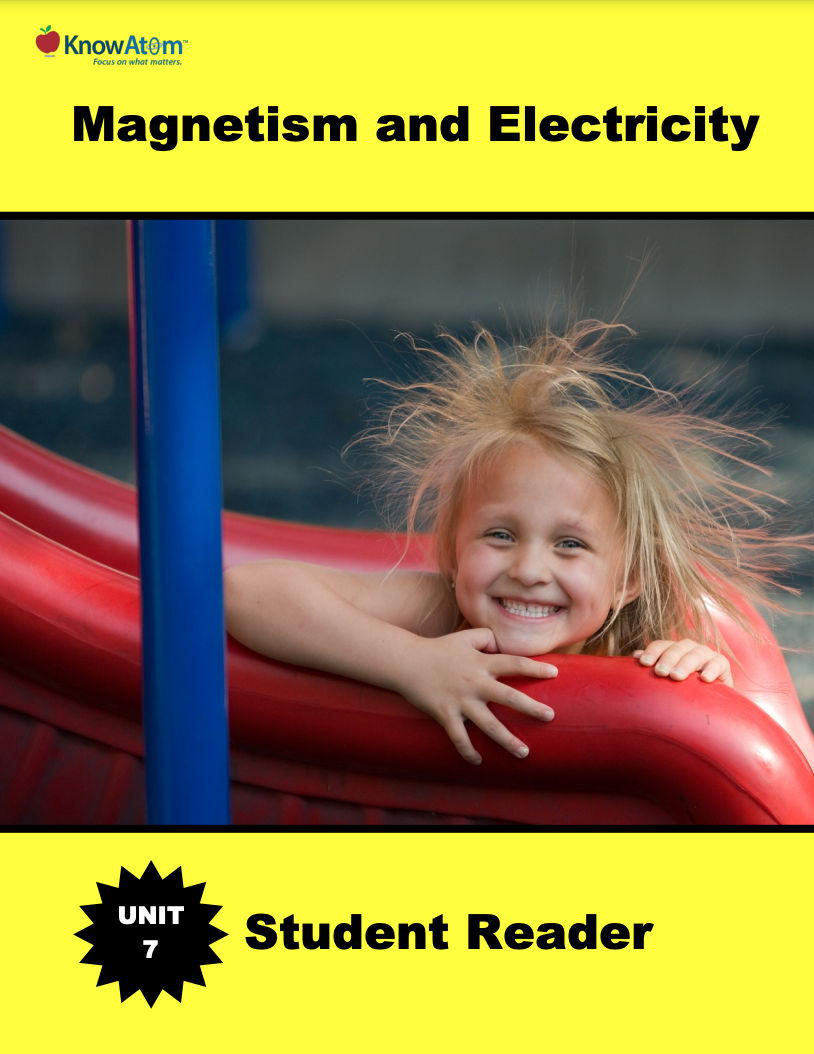
In this unit, students focus on the science phenomena of electric and magnetic forces. In this lesson, students build on their knowledge of forces by exploring electric forces. They analyze how materials can become either positively or negatively charged, and then use an electroscope to explore how opposite charges are pulled toward one another and like charges are pushed away from one another.
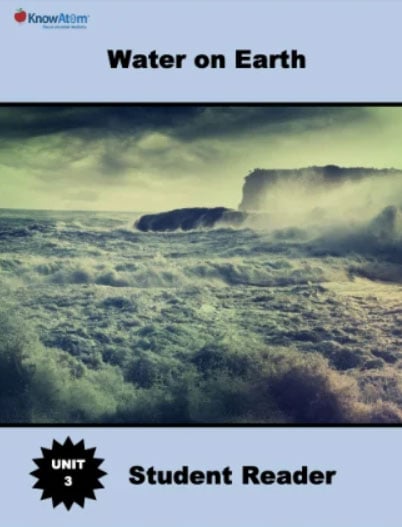
In this unit, students analyze the science phenomena of the important role that oceans play in regulating Earth’s climate. In this lesson, they focus on how oceans interact with other Earth systems to distribute water and heat around the planet, resulting in various weather patterns, including hurricanes. This page highlights key components of this lesson.
Standards citation: NGSS Lead States. 2013. Next Generation Science Standards: For States, By States. Washington, DC: The National Academies Press. Neither WestEd nor the lead states and partners that developed the Next Generation Science Standards were involved in the production of this product, and do not endorse it.
